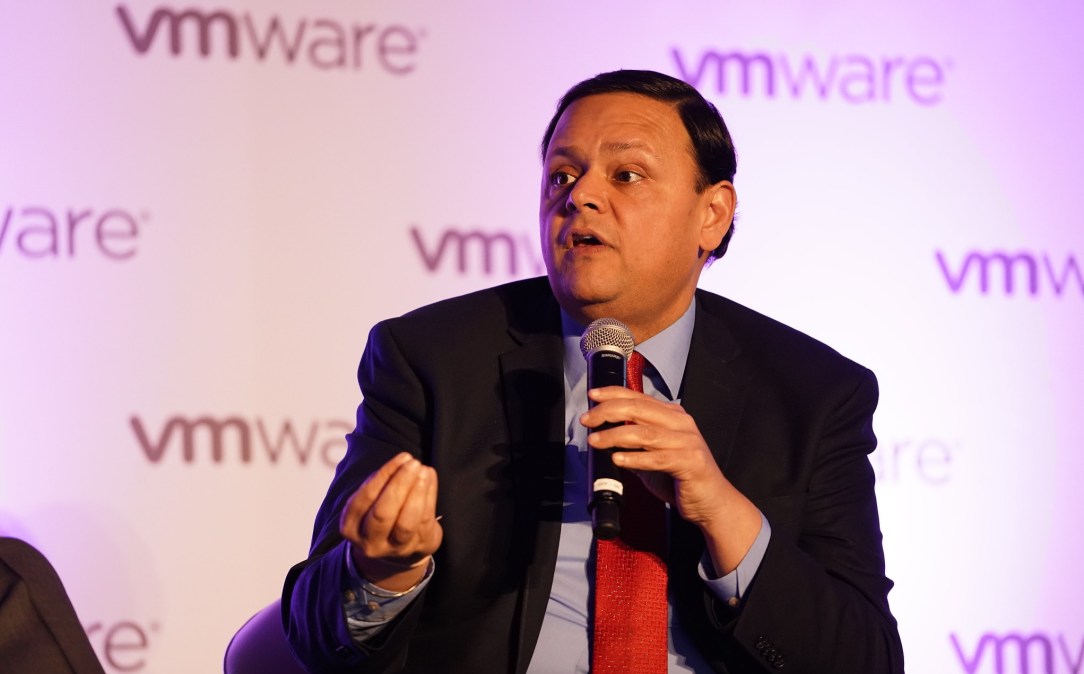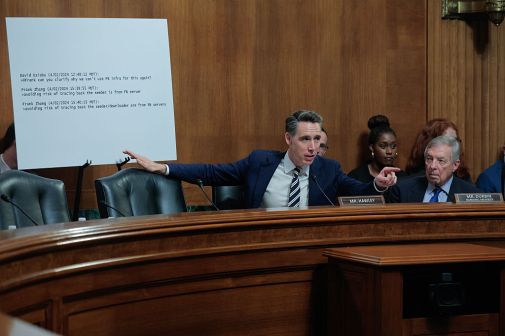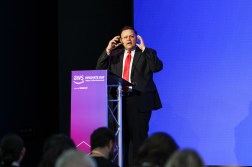Labor’s modernization must accelerate to meet demands of transforming jobs market, Ahluwalia says

When Gundeep Ahluwalia took the CIO role at the Department of Labor in 2016, technology modernization meant basic digital upgrades: delivering Wi-Fi for agency offices and putting laptops in the hands of employees.
But those fundamental IT improvements would set the stage for subsequent and more meaningful transformative efforts across the department, like artificial intelligence, customer experience, and robotic process automation. And now, as he’s departed that job nearly eight years later and ponders what’s ahead for Labor, Ahluwalia said it’s incumbent upon the department’s IT leadership to keep their foot on the modernization gas pedal, anticipating a national digital revolution that DOL must keep pace with and support.
Ahluwalia’s last day as Labor CIO was Aug. 16, and he immediately transitioned into a new role as executive vice president and chief innovation officer for NuAxis Innovations. In an exit interview with FedScoop on the Daily Scoop podcast, Ahluwalia argued that Labor’s IT team is “the best in federal service at this time.” And to remain at that level, “they have to continue making investments in the digital infrastructure,” he said.
“This is not a destination, right?” Ahluwalia said, explaining that the 25% that the agency puts into “new” IT investments — referred to as development, modernization and enhancement projects, in contrast with the bulk of federal IT funding that goes to operating and maintaining existing infrastructure — should be ratcheted up to 30% “to stay healthy.”
“Because you cannot treat IT or digital assets like once and done, right?” he said. “They’re a continuum: cybersecurity and artificial intelligence, emerging technologies. This will all put pressure on the government to deliver digital services to Americans in a different manner.”
Ahluwalia stressed that’s even more important as he believes Labor will inevitably play a critical role in supporting, training and preparing the American workforce to take new jobs generated by shifts in the labor market, particularly as more of the economy goes digital and is revolutionized by technologies like AI.
As a result, “that will impact a sizable portion of American workers, right? Either they will require to be retrained or redeployed in another manner.”
“There is a revolution that is already happening,” he noted. “Green jobs: There’s a lot of pressure on the older fossil fuel industry so that the green jobs are coming in. There’s going to be self-driving cars, there’s going to be self-driving planes, there’s going to be self-driving trains. And all of that will probably happen in the next 10-15 years. I don’t know how long, but it is a reality that that will impact a sizable portion of American workers, right?”
Perhaps most pervasive of all will be the explosion of AI, which will not just disrupt blue-collar jobs like in past industrial revolutions, but jobs in pretty much every industry. “This time, artificial intelligence is going to affect you, it’s going to affect me and how we do our business,” Ahluwalia said.
He continued: “It is almost clear to me that we’ll have to retrain at least a quarter to one-third of the American workforce today in the next 10 to 15 years. Well, what is your best investment to do that? It is the Department of Labor. We manage $23 billion worth of training grants to retrain America.”
Even that, Ahluwalia argues, is “grossly insufficient,” but he believes “it will definitely get the attention that it deserves over the next 5, 10, 15 years.” And because of that, the department — and its IT — need to keep driving forward, even with the modernization progress made in the past eight years.
“The digital infrastructure of the Department of Labor has to keep up with that demand and make sure that that money is usefully deployed through state and local partnership so that we can impact rural America and not commit the mistakes of the past of leaving them behind,” Ahluwalia said.






